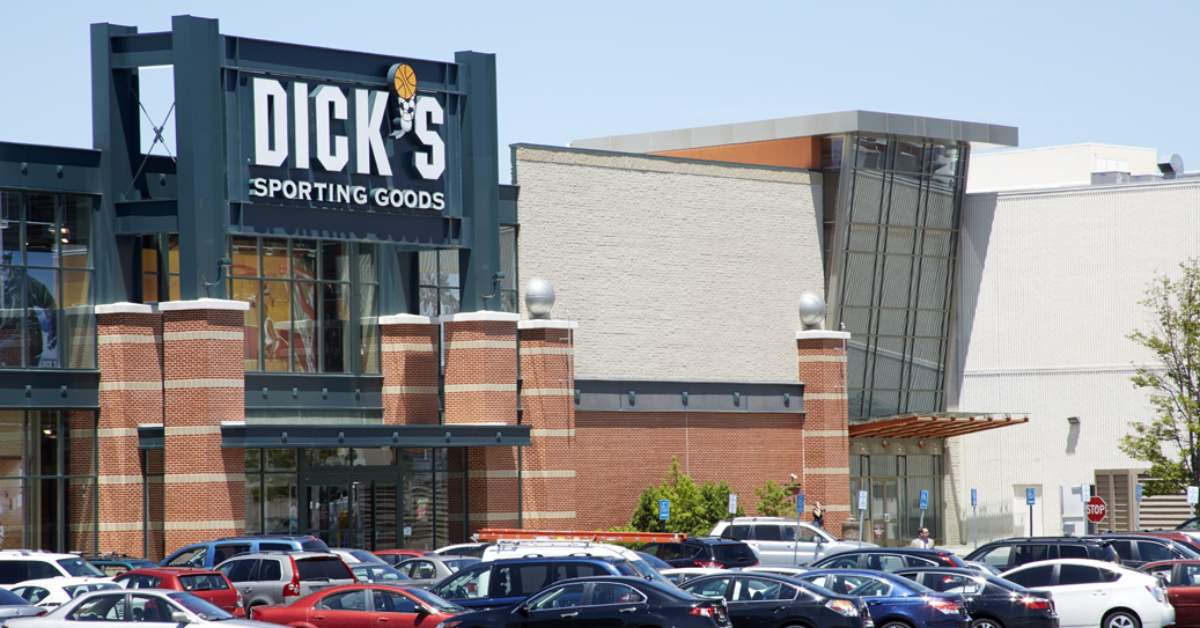Find Out What's Happening Locally In Our Albany NY News Roundup
From new business openings, to exciting updates about events, to major community announcements, our Albany NY news roundup has you covered. Check out what's going on in the city and Capital Region!
Crossgates to Celebrate 40 Years in the Capital Region

Forty years ago, Crossgates Mall in Albany welcomed their first customers on March 4. To celebrate this 40th anniversary, the shopping center will host a year-long celebration featuring special events, giveaways, and more.
Crossgates Mall acknowledges that this was made possible due to the love and support from their customers and business partners over the years. From great restaurants to shops and entertainment venues, Crossgates has something for everyone in the Capital Region.
Source: Shop Crossgates
Restaurant Owner Wins NY Small Business Person of the Year

Aneesa Waheed has been named the NYS Small Business Person of the Year from the U.S. Small Business Administration. She is both the owner and chef of the incredible Tara Kitchen.
Tara Kitchen specializes in Moroccan cuisine and has a handful of locations throughout New York, New Jersey, and India! Waheed has received many other awards including the Albany Business 40 Under 40, ICCR Business and Entrepreneurship Award, and NYS Assembly Women of Distinction.
This award is given to those who are making a positive impact within their own communities. Waheed says, "I share this with the community, my team and a staggering number of New York agencies that have supported me in my career." A dedicated woman in business and serving the Capital Region, go give Tara's Kitchen a try!
Source: News10